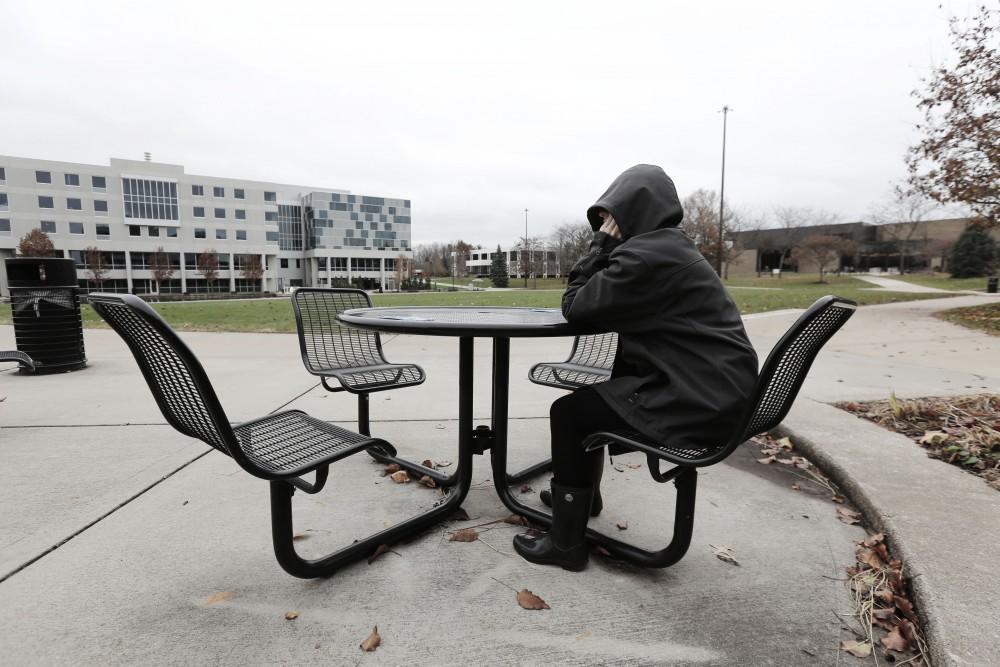West Michigan faces prime conditions for Seasonal Affective Disorder

GVL / Sheila Babbit
Nov 26, 2018
As crisp fall days with blue skies give way to the cloudy, snowy days of winter, some people in west Michigan begin to feel the effects of Seasonal Affective Disorder (SAD). Estimated to affect over 10 million Americans, symptoms are most common during winter months as sunlight becomes increasingly scarce.
Also known as seasonal depression, it often causes oversleeping, feelings of hopelessness, fatigue and decreased physical activity. Women are most affected by symptoms of SAD, as three out of four people with the disorder are women.
Geography plays a major role in the prevalence of SAD, as locations farther north in the United States generally receive less sunshine during the winter. Seasonal Affective Disorder is rare in southern states such as Florida and parts of Texas, as their winter months are much warmer and often feature clear skies.
During December, Miami has an average of 22 days with sunshine while Grand Rapids only has six days of sunshine. Grand Rapids’ proximity to Lake Michigan is a major factor in producing these cloudy days, as weather systems moving from the west pull moisture from the lake, creating the drab grey skies that are characteristic of winter in west Michigan.
While often attributed to sunlight exposure, the direct causes of Seasonal Affective Disorder are unknown. Psychology professor Lawrence Burns cited an article that suggests different theories.
One theory states that the decreased amount of daylight causes the body to create more melatonin, a hormone that induces sleep. Another theory suggests that those experiencing SAD may have difficulty producing Vitamin D, causing fluctuations in their serotonin levels, a neurotransmitter that influences mood. These theories illustrate the challenges of treating the disorder, as the specific root cause remains unknown.
Some universities in Michigan are working to address these symptoms however. Both Northern Michigan University in Marquette and Central Michigan University in Mount Pleasant offer sunlight therapy, a form of treatment that involves being near a bright light source for 30 to 60 minutes. Most universities, including Grand Valley State University, also offer counseling that can be utilized by those suffering from the disorder.
For those suffering from Seasonal Affective Disorder, some proactive measures can be taken to minimize its symptoms. Taking advantage of available sunshine is one measure, as well as planning physical activities. Staying active during the winter can be difficult, but numerous on-campus options such as swimming, climbing, basketball and volleyball can be found at the campus recreation center.
While those suffering from Seasonal Affective Disorder have difficulty during the winter months, resources for mitigating its effects are available. Ensuring that these resources are utilized as well as remaining physically active during the season is important in reducing the disorder’s draining symptoms.






















